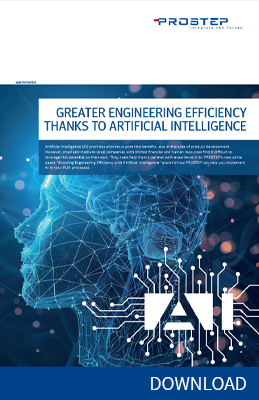Darmstadt, February 2017 – 3D printing has the potential to revolutionize value added chains such as prototype construction and spare parts management. When it comes to the globally distributed manufacture of components, it must be guaranteed that only authorized persons have access to the data, that only the original data is printed, and that this data cannot be misused to manufacture pirate copies following its authorized use. This is particularly important when security-critical components are involved. PROSTEP is therefore developing a secure additive manufacturing platform (SAMPL) together with different partners based on the data exchange solution OpenDXM GlobalX and using blockchain technology. These development activities are part of the PAiCE funding program. PROSTEP expects this to open up new markets in the field of additive manufacturing and other areas of application in which the authenticity of product data has to be ensured.
SAMPL (www.sampl-3d.de) is a consortium project being coordinated by PROSTEP and is scheduled to run for three years. It is receiving 2.6 million euros in funding from the German Federal Ministry for Economic Affairs and Energy (BMWi). Also involved in the project are the Hamburg-based companies NXP Semiconductors and consider it, 3D MicroPrint in Chemnitz, the University of Hamburg, the University of Ulm, Harburg Technical University, the Frauhofer Institute ENAS in Chemnitz and the associated partner Airbus. The objective of the project is the development of an end-to-end security solution for additive manufacturing that covers the entire process, from creating the digital 3D print data to exchanging the data with 3D print service providers and their specially protected 3D printers right through to tagging the printed components using RFID chips. "Our key innovation is the integration of digital license management in the data exchange solution OpenDXM GlobalX using blockchain technology," explains Dr. Martin Holland, Head of Business Development at PROSTEP. "It supplements existing mechanisms for encrypting 3D data and makes our data exchange solution even more secure."
Up until now, blockchain was best known from the world of finance. It is a complex method used to verify the authenticity of digital payment transactions. A concrete blockchain application is the cryptocurrency Bitcoin, for example. The method can however also be used to prove the authenticity of digital information, guarantee the traceability of different types of products or – as in the SAMPL project – for issuing licenses.
